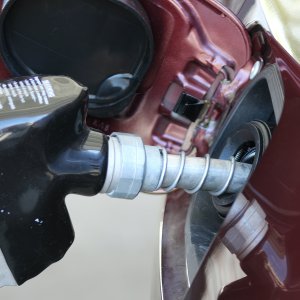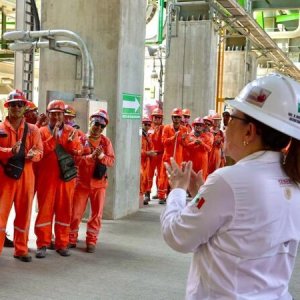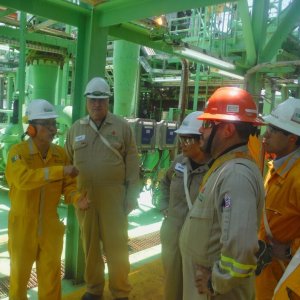Time to Place Your Bets on Mexico

STORY INLINE POST
Q: What have been the major milestones and flagship success of the Energy Reform so far?
A: The first years of the transformation of Mexico’s energy industry have been encouraging, based on the interest that global companies have displayed in the country’s new energy model. In just three years, we went from having one company in the upstream sector to 70 new players. We went from having a few companies that were participating in the natural gas segment and PEMEX as a single player in midstream, to 70 companies in natural gas and oil products transportation and storage. We had a single gasoline brand in every single station in the country and now we have 43. In total, we have over 170 new players across the oil and gas value chain. They are all interacting, competing and developing their business models to foster
Q: What mechanisms could enhance the implementation of the reform?
A: We must maintain the reform’s momentum through full transparency, sustained competition, streamlined regulatory processes, greater flexibility for the financial mechanisms that can support projects and an overall commitment to competition-enhancing practices. These mechanisms will push the industry to the next level.
Q: Why is it significant that Mexico joined the International Energy Agency (IEA)?
A: Mexico’s entry into the IEA is a recognition of the country’s significance as a global energy player and the modernization process the country has embarked on. It is a stamp of support for what Mexico has been doing. Belonging to this organization will motivate us to contribute to the development of the global energy agenda.
The fact that we are also part of the OECD means that we will benefit from peer reviews and best practices from the world’s leading oil and gas players.
Q: What have been the most significant steps in the consolidation of a sustainable natural gas market?
A: It is an internal strategy that involves the entire value chain. In upstream, for instance, we are presenting many blocks with natural gas resources and we must ensure they are internationally competitive. In midstream, we are in the midst of the largest expansion our pipeline network has ever seen, extending it from 11,000km to 18,000km to reach more regions. Beyond the transport infrastructure, we have markets under development, with more players on both the supply and demand sides creating regional hubs. Price liberalization is allowing regional pricing to form a more dynamic natural gas market. We expect these changes to foster wider distribution coverage across the country, since we are at an early stage in the development of our new energy model.
Q: What are your expectations from the upcoming licensing round for unconventional resources?
A: The Burgos basin holds 50 percent more prospective resources than the Eagle Ford basin, so we see a large upside for the development of Burgos and the interest we have seen so far is high. The nine blocks in the upcoming licensing round on their own hold more resources than anything we have auctioned so far onshore. We want to start with a small tender, learn from that experience, test our contractual and fiscal terms and see how well the regulations adjust to this tender so we can use that experience at other stages.
Q: How can the Ministry of Energy translate improved reserves into attractive incentives for IOCs?
A: Mexico is attractive for investment because the framework of the oil industry is transparent and the policymakers and regulators are competent. We have a diversified economy, with a major manufacturing exports base. This framework on its own strengthens the attractiveness of working in the country
























